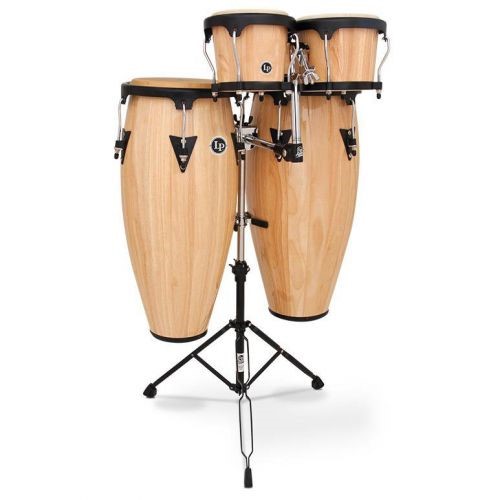Also known as tumbadora, Conga is a music and dance style that originated outside of Cuba’s Santiago city. The term “Conga” was derived from the rhythm “la conga,” which was used during the carnival (carnaval) in Cuba where music drums were known as tambores de conga. If you are a new conga student, you can master the music and dance form with commitment and practice. A learned conga instructor is the best person to guide you through the conga learning process.
Once popular with lower-class Cubans with its distinctive African-inspired rhythm, the tall, single-headed drum has become a ubiquitous party classic around the globe. It was in the 1930s that the term "conga" was popularized in the United States. The infectious line dance, Conga soon became a popular festival dance where anyone from the audience could perform along with the performing musicians and dancers. If you are taking music lessons at home, the benefits of learning from an experienced conga instructor will be to develop proper strokes and produce clear tones and distinct pitches.
What began as a solid, hollowed out log has taken different shapes and sizes. Congas come in a variety of sizes. The three standard sizes are called, Quinto (small), Conga (middle) Tumbadora aka Tumba (large). The smallest quinto plays the most elaborate rhythmic patterns while the other two play the basic rhythms.
Whether you are a beginner conga player who is fascinated by its music form or someone who practices this music style, you will be known as a ‘congueros’. On the other hand, those who follow and dance to the tunes of Conga music are known as ‘rumberos’.
The Conga ensemble comprises a small wind section and a large, heterogeneous percussion section. Taking home music lessons from an experienced conga instructor gives you the benefit of learning all about the tumbadora rhythms, styles, and traditions in order to be proficient on the drum.
Hand techniques are an integral part to developing the sound and rhythmic arsenal for playing the conga. When you begin developing conga skills, your focus should be on learning the basic hand techniques and balancing them to master your sound, touch tone and technique for better strokes and sound.
As a new Conga student, you will learn that when you play a percussion instrument, it is the heel of your hand and fingers that are used to play tones. When you work on the standard conga pattern for one drum, you can play consecutive "dead" tones with a rocking motion.
By practicing the conga under the guidance of a professional conga instructor, you will get the confidence boost needed to build better techniques and tone comprehension to play in any percussion or mambo band of choice.
Join in today at Live Music Tutor in 3 simple steps; create your profile, select your Conga instructor and start learning today!






